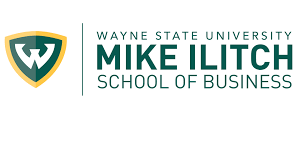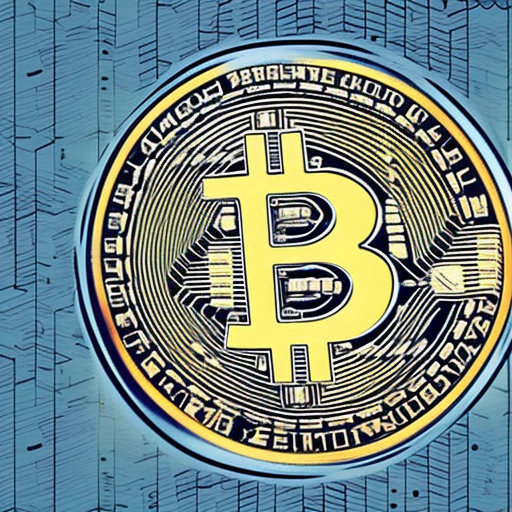Web 3.0
“A basic premise of Web3 is that every product is simultaneously an investment opportunity”
― Matt Levine
Web 3.0
Web 3.0 is the next generation of the web, a semantic and decentralized platform that promises to completely revolutionize how we interact with technology. It combines existing technologies such as Artificial Intelligence (AI), blockchain, and the Internet of Things (IoT) to create a powerful platform for applications, services, and content sharing. With Web 3.0, users will have greater control over their data and more choices for how their information is accessed by others. As with any new technology, there are still many aspects to be explored before Web 3.0 can truly take off.
Web 3.0 technology is characterized by three main components: 1) decentralization, which allows for the sharing of data and resources without relying on a central server or entity; 2) semantic technologies, which enable machines to interpret and communicate meaning from data; and 3) integration with Artificial Intelligence (AI) and blockchain, enabling users to make decisions based on AI-generated insights and securely protect their data via blockchain networks. All these features provide Web 3.0 with an unprecedented level of control over user data, choices, and interactions, thus making it an exciting platform for the future.
- Web 3.0: an idea for a new iteration of the WWW based on blockchains, which incorporates concepts including decentralization and token-based economics
- Web 1.0: only view information; read-only internet; 1980s to 2000s;
- Web 2.0: expanding functionality; interact with the web; social profiles; customized experiences; dynamic;
- user data privacy
- Web 3.0: decentralized internet; only share data comfortable sharing; smarter, live data types;
- explored through lens of crypto currency
- crypto currency built on blockchains
- earn crypto based upon mining
- need a wallet - in place of social profile
- DAO:
- Blockchain: a virtual database, where data about various actions and assets is stored
- Transactional records: main type of data stored in blockchain; records of action; encrypted; simple types of data;
- Chain: all transactions are linked chronologically
- Blocks: contain/store the data; limited in number of transactions that can be held; keep data safe and structured; connected by chains;
- How do blockchains work?
- put data into the block
- required work to be performed
- How can you use blockchains?
- blockchain is decentralized
- purchase / transact with crypto
- Two main methods of how work can be performed:
- Proof of Work
- need to be approved before stored in the blockchain
- mining is work
- Proof of Stake
- Proof of Work
- What Makes Cryptocurrencies Unique?
- built on blockchains
- wallet address
- multiple crypto projects
- What Happens During a Crypto Transaction?
- consensus algorithm (Proof of Work)
- consensus algorithm (Proof of Work)
- Why Should You Know How Cryptocurrencies Work?
- integrated into everyday life
- protect yourself from scams
- DAO: Decentralize Autonomous Organization
- Decentralized: lacking a central authority
- Autonomous: self-sufficient
- Organization: group making decisions
- DAO is "individuals who are responsible for making decisions, upgrades to some sort of an active project."
- Smart Contracts: special programmed agreements that allow for certain processes to happen automatically
- Tokenomics: tokens associated with a project
- DAO's are key for decision-making
- Trustless: do not have to trust a centralized institution
- DAOs operate in an open source manner
Web 3.0 Characteristics
There are many different paths to the evolution of Web 3.0. Here are characteristics to help define Web 3.0:
- Semantic Web: Enhanced web technologies that allow users to create, and share a link material through search and analysis. The search and analysis capabilities with Web3 would focus more on understanding the meaning of words and the context behind them.
- Decentralized: Unlike Web 1.0 and Web 2.0, where governance and application were largely centralized, Web3 will be decentralized, with all applications and services enabled by a distributed approach where there is not a central authority.
- 3D Graphics / Metaverse: Some technology experts refer to Web 3.0 because of its potential to create a new level of immersion and interaction between the physical and virtual world or the metaverse. Pioneering applications are being seen across all industries from gaming, health, real estate, and e-commerce.
- Artificial Intelligence: The combination of semantic capabilities and AI will allow significant improvements to understand a multitude of data and provide faster and more relevant results.
Web 2.0
Dynamic Web
The Dynamic Web ( from 2004 ). Made of new software applications built on the web. Most of the value is generated from companies such as Google, Apple, Amazon, and Facebook.
Web 3.0
Next Generation
Web 3.0 technology is characterized by three main components: 1) decentralization; 2) semantic technologies; and 3) integration.
References:
- Women of Web3:
https://unstoppablewow3.com/index.html - Top Trends for Web3 in 2023:
https://medium.com/@ritabatalha/top-trends-for-web3-in-2023-e9fd6e0fbc30 - Blockchain Fails to Gain Traction in the Enterprise:
https://www.wsj.com/articles/blockchain-fails-to-gain-traction-in-the-enterprise-11671057528 - Web3:
https://unstoppablewow3.com/education-resources/v2-web3.html - The metaverse and Web3: The next internet platform:
https://www2.deloitte.com/us/en/insights/industry/technology/web3-and-metaverse-the-future-of-the-internet.html
Testimonials
-
Web3 is a global phenomenon that brings more transparency and trust to business and consumer interactions. It has the potential to create enormous social and economic value. However, the full potential of web3 can only be realized if the ecosystem is diverse and inclusive. We need all voices at the table to build products and services that benefit more than just the big players in this space, ensuring that everyone can benefit from these technological advances. We need to work together in building a more inclusive digital world for us to achieve much more than what just one person or one group can imagine.
Carman LamVP of Marketing - Chibi Clash -
For too long, the efforts of too many have been overlooked, misattributed or misunderstood. Web 3 provides a renewed opportunity to do things differently. It is an opportunity to reimagine and build a world that is more inclusive; a world in which people have not only equality of opportunity, but also of outcome. As builders in this space, we have a responsibility to do better. We have a choice to operate and govern in a way that fosters trust, inclusion and growth for all. It is only through this type of approach that we can build a more sustainable future where everyone can participate and be recognized for their value and contribution. The Unstoppable Women of Web3 movement is an incredibly smart and timely way to empower millions and is something we are honored to be part of.
Shirley NzehWeb 3.0 Africa -
Our impact equals our legacy. We all have the ability to become responsible for our actions and be intentional about our path. Let's seize the opportunity that Web3 offers us to create a more equitable future.
Leila HurstelFounder - AllStarWomen

